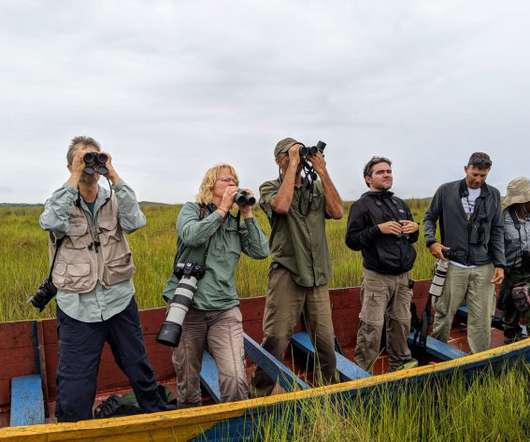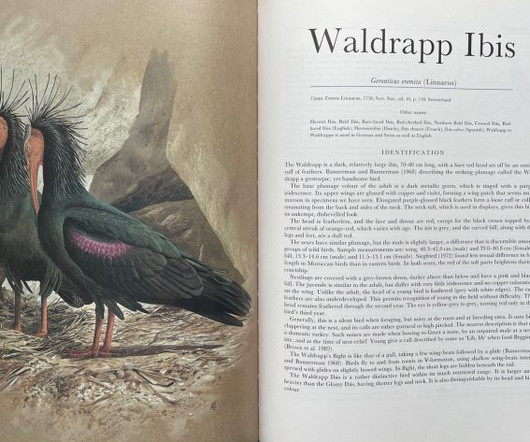Uganda’s Billion Dollar Bird: The Shoebill
10,000 Birds
NOVEMBER 26, 2019
Central Africa has one of those birds. The Shoebill serves as the symbol of the magnificent wildlife experiences Uganda offers visitors, which may seem a bit odd. Of course, we did, soaking in that slate blue beauty long enough to observe a successful hunt and more of its rangy, awkward flight. The mighty Shoebill.












Let's personalize your content